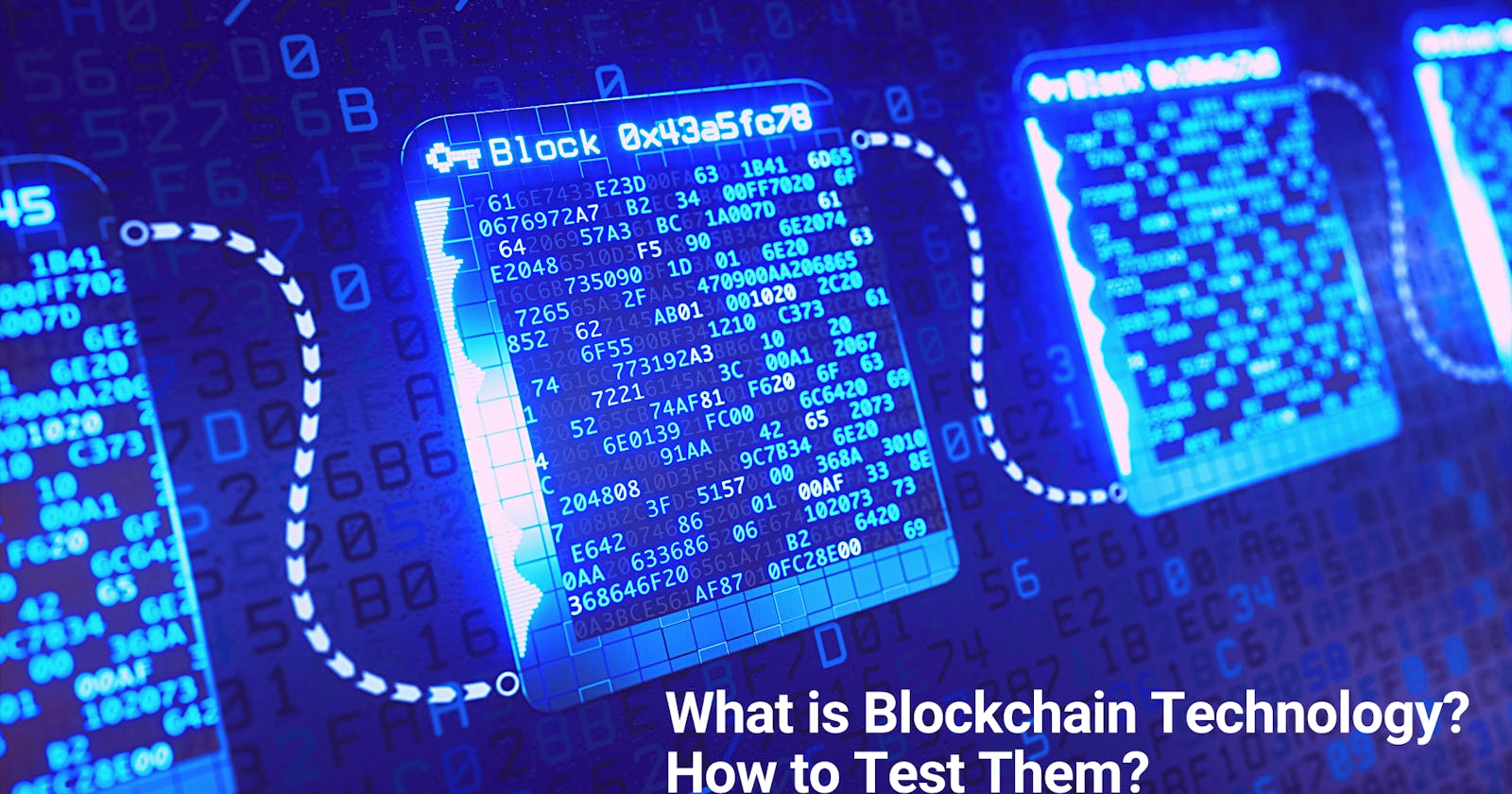Blockchain technology has been around for over a decade, but it has only recently begun to gain mainstream attention. This is due in part to the rise of cryptocurrencies, such as Bitcoin and Ethereum, which have brought blockchain technology to the forefront of the financial industry. However, blockchain technology has the potential to revolutionize many other industries as well.
Key Features of Blockchain Technology
Some of the key features of blockchain technology are:
One of the key features of blockchain technology is its ability to create decentralized systems. In traditional systems, there is often a central authority that controls and manages the data. This central authority can be vulnerable to hacking, fraud, and other forms of manipulation. With blockchain technology, there is no central authority. Instead, the data is stored across a network of computers, known as nodes. Each node has a copy of the data, and any changes made to the data must be agreed upon by a majority of the nodes. This creates a system that is much more secure and resistant to manipulation.
Another key feature of blockchain technology is its ability to create smart contracts. A smart contract is a program that is stored on the blockchain and automatically executes when certain conditions are met. This can be used to automate many different types of transactions, such as the transfer of assets or the execution of a will. Smart contracts can also be used to create decentralized applications, or dApps, which are similar to traditional apps but are built on the blockchain.
Blockchain Testing
As with any new technology, there are challenges to overcome when it comes to implementing blockchain in various industries. One of the biggest challenges is testing.
Blockchain technology is still relatively new and there is a lack of standardization and best practices for testing. Additionally, the decentralized nature of blockchain technology presents unique challenges for testing that are not present in traditional systems.
One of the first steps in testing blockchain technology is to ensure that the network is properly configured and that all nodes are communicating with each other correctly. This can be done by performing network tests, such as pinging each node to ensure that it is online and responsive. It is also important to ensure that the data being stored on the blockchain is accurate and consistent across all nodes. This can be done by performing data integrity tests, such as comparing the data stored on different nodes to ensure that it is the same.
Another important aspect of blockchain testing is security. As mentioned earlier, one of the key features of blockchain technology is its ability to create secure and resistant systems. However, it is still important to ensure that the system is secure and that there are no vulnerabilities that could be exploited by hackers. This can be done by performing security tests, such as penetration testing, to identify any potential vulnerabilities.
Smart contracts also need to be thoroughly tested before they are deployed on the blockchain. This is because once a smart contract is deployed, it cannot be changed or deleted. Therefore, it is important to ensure that the contract is functioning correctly and that it will execute as intended. This can be done by performing functional testing, such as testing the contract with different inputs to ensure that it produces the correct output.
In addition to functional testing, it is also important to test the performance of smart contracts. This is because smart contracts will be executed by many different nodes on the network, and it is important to ensure that the contract can handle the load. This can be done by performing performance testing, such as stress testing, to ensure that the contract can handle a high number of transactions.
Finally, it is also important to test the user experience of decentralized applications (dApps) built on blockchain technology. dApps are similar to traditional apps, but they are built on the blockchain and use smart contracts to execute transactions. It is important to ensure that the dApp is easy to use and that it provides the desired functionality.
